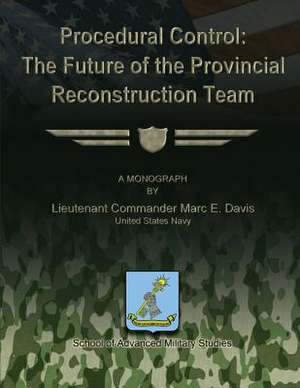Procedural Control
Autor Us Navy Lieutenant Commander Mar Davis Contribuţii de School Of Advanced Military Studiesen Limba Engleză Paperback
Preț: 113.89 lei
Nou
Puncte Express: 171
Preț estimativ în valută:
21.80€ • 23.69$ • 18.32£
21.80€ • 23.69$ • 18.32£
Carte disponibilă
Livrare economică 31 martie-14 aprilie
Preluare comenzi: 021 569.72.76
Specificații
ISBN-13: 9781479345588
ISBN-10: 147934558X
Pagini: 58
Dimensiuni: 216 x 279 x 3 mm
Greutate: 0.16 kg
Editura: CreateSpace Independent Publishing Platform
ISBN-10: 147934558X
Pagini: 58
Dimensiuni: 216 x 279 x 3 mm
Greutate: 0.16 kg
Editura: CreateSpace Independent Publishing Platform
